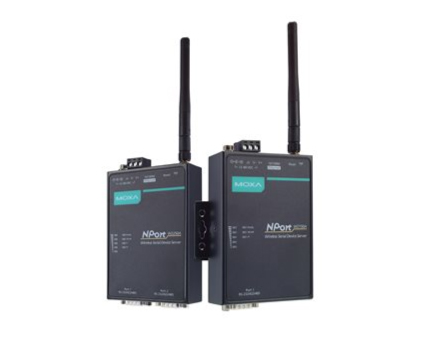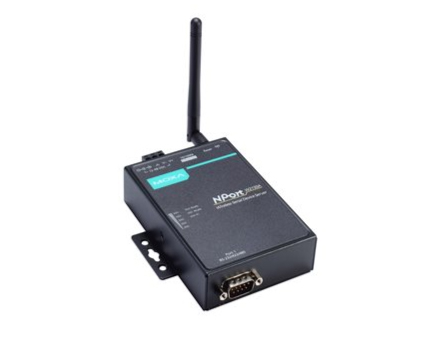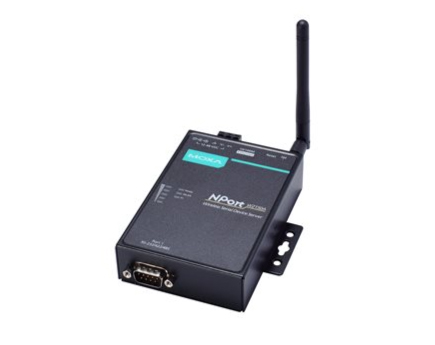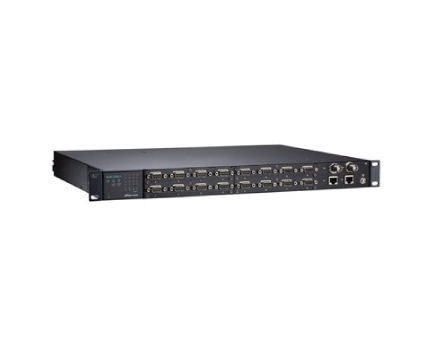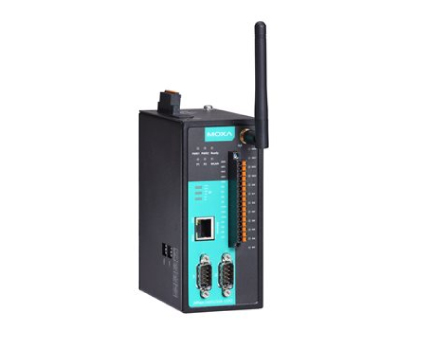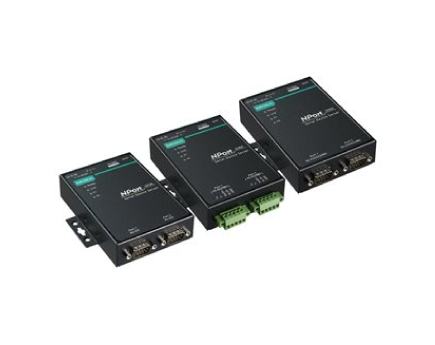| WLAN Standards |
802.11a/b/g/n |
| Receiver Sensitivity for 802.11a (measured at 5.680 GHz) |
Typ. -91 @ 6 Mbps
Typ. -74 @ 54 Mbps |
| Receiver Sensitivity for 802.11b (measured at 2.437 GHz) |
Typ. -92 dBm @ 1 Mbps
Typ. -84 dBm @ 11 Mbps |
| Receiver Sensitivity for 802.11g (measured at 2.437 GHz) |
Typ. -91 dBm @ 6 Mbps
Typ. -73 dBm @ 54 Mbps |
| Receiver Sensitivity for 802.11n (2.4 GHz; measured at 2.437 GHz) |
Typ. -89 dBm @ 6.5 Mbps (20 MHz)
Typ. -71 dBm @ 72.2 Mbps (20 MHz) |
| Receiver Sensitivity for 802.11n (5 GHz; measured at 5.680 GHz) |
Typ. -89 dBm @ 6.5 Mbps (20 MHz)
Typ. -71 dBm @ 72.2 Mbps (20 MHz)
Typ. -85 dBm @ 13.5 Mbps (40 MHz)
Typ. -67 dBm @ 150 Mbps (40 MHz) |
| Modulation Type |
DSSS, OFDM |
| Transmission Distance |
Up to 100 meters (in open areas) |
| Transmission Rate |
802.11a/g: 54 Mbps
802.11b: 11 Mbps
802.11n: 6.5 to 150 Mbps |
| Transmitter Power for 802.11b |
16±1.5 dBm @ 1 Mbps
16±1.5 dBm @ 11 Mbps |
| Transmitter Power for 802.11g |
16±1.5 dBm @ 6 Mbps
14±1.5 dBm @ 54 Mbps |
| Transmitter Power for 802.11a |
15±1.5 dBm @ 6 Mbps
14±1.5 dBm @ 54 Mbps |
| Transmitter Power for 802.11n (2.4 GHz) |
16 dBm @ 1.5 Mbps (6.5 MHz)
12 dBm @ 1.5 Mbps (72.2 MHz) |
| Transmitter Power for 802.11n (5 GHz) |
15 dBm @ 1.5 Mbps (6.5 MHz)
12 dBm @ 1.5 Mbps (150 MHz) |
| Frequency Band for CN (20 MHz operating channels) |
2.412 to 2.472 GHz (13 channels)
5.180 to 5.240 GHz (4 channels)
5.260 to 5.320 GHz (4 channels)
5.745 to 5.825 GHz (5 channels) |
| Frequency Band for EU (20 MHz operating channels) |
2.412 to 2.472 GHz (13 channels)
5.180 to 5.240 GHz (4 channels)
5.260 to 5.320 GHz (4 channels)
5.500 to 5.700 GHz (11 channels) |
| Frequency Band for JP (20 MHz operating channels) |
2.412 to 2.484 GHz (14 channels)
5.180 to 5.240 GHz (4 channels)
5.260 to 5.320 GHz (4 channels)
5.500 to 5.700 GHz (11 channels) |
| Frequency Band for US (20 MHz operating channels) |
2.412 to 2.462 GHz (11 channels)
5.180 to 5.240 GHz (4 channels)
5.260 to 5.320 GHz (4 channels)
5.500 to 5.700 GHz (11 channels)
5.745 to 5.825 GHz (5 channels) |
| Wireless Security |
WEP encryption (64-bit and 128-bit)
WPA/WPA2-Enterprise (IEEE 802.1X/RADIUS, TKIP, AES)
WPA/WPA2-Personal |
| WLAN Modes |
Ad-hoc Mode, Infrastructure mode |




